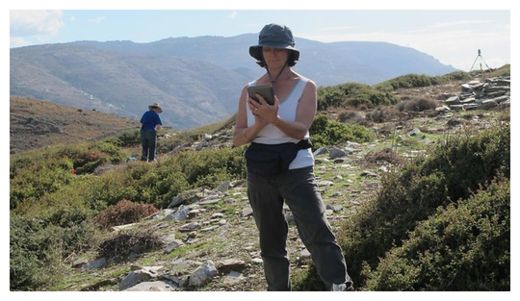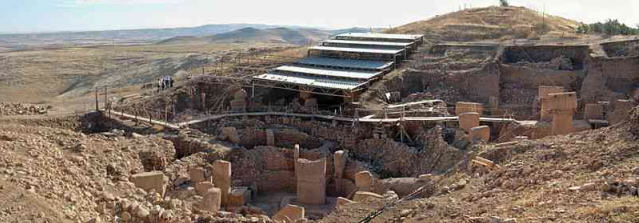One day in early September 1957, Antonio Jette came home from his job at the Arms Textile Mill in Manchester, N.H., and uncharacteristically went to bed early. He told his wife, Anna, that he was tired, wasn't in the least hungry and felt like he was coming down with a cold.
The next morning, Antonio said he was feeling better. It was Saturday and he and Anna drove to Vermont, four hours away, to attend the Rutland State Fair. It was an event they had been looking forward to for months. But as they were entering the fair's gate, Antonio turned to Anna and said they had to go back home. "I'm sorry," he told Anna, "I feel really sick." On the way home, Antonio had several fits of dry coughing and he said that his chest hurt.
The following day, Sunday, Antonio and Anna went to church. After returning home, Antonio again said that he felt tired. He told Anna he was going to lie down for a couple of hours. An hour later Anna checked on Antonio and found him soaked with perspiration and mumbling incoherently. She took his temperature, saw that it was 103 degrees Fahrenheit and called the family's doctor. The doctor gave Antonio a shot of penicillin for what he thought was a bronchial infection. He told Anna to keep Antonio in bed for the next few days.
Two hours later, Anna found Antonio's temperature had risen to 104, and she was unable to wake him up. With the help of neighbors, Anna took her husband to a nearby hospital. Doctors at St. Joseph's Hospital in Nashua found Antonio's temperature to be 105 degrees. His breathing was rapid and shallow. Rales were audible over both his lungs. Tests revealed blood in his lumbar region. Doctors told Anna that they thought her husband had suffered a cerebral hemorrhage. His chances for recovery didn't look good, they said.
Antonio never regained consciousness. He died the next morning, Sept. 6, at 6 a.m., the same time that every morning he walked to church before heading off to work at the mill.



